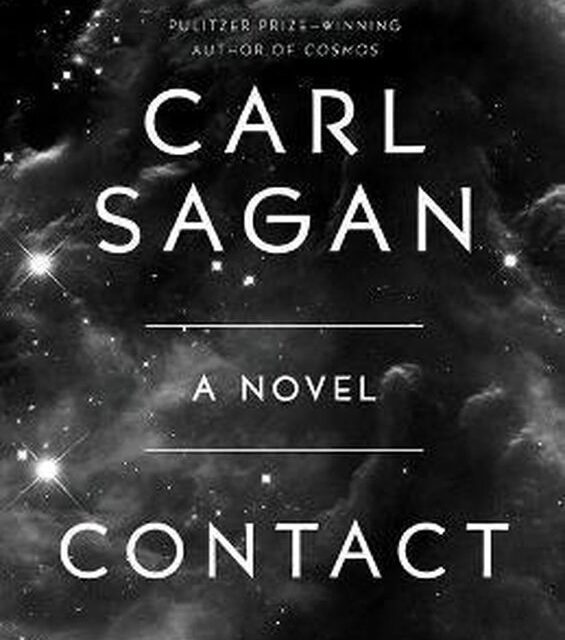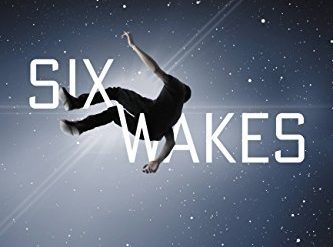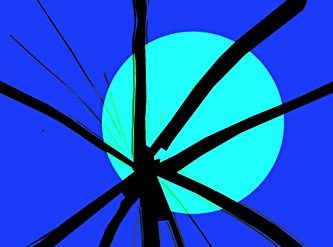
Four of the eight popular websites I checked to tally the most highly rated science fiction novels of all time included Contact among their top choices. Carl Sagan’s 1985 work about intelligent life in the universe is still widely read nearly four decades after it was written. Although I’d seen the film based on the novel when it appeared in 1997, I had never read the book. I’m glad I have. I don’t join the editors of those four websites in identifying it as among the best ever, but it’s a solid effort with much to recommend it.
At its most basic level, Contact is one of the most influential First Contact stories in the genre—and deservedly so, since Sagan himself was among the world’s leading proponents of the Search for Extraterrestrial Intelligence (SETI). And the story is grounded in the science employed by the SETI Institute in its now decades-long search for messages from the stars. (SETI was founded in 1984, a year before the novel appeared.)
A First Contact novel that raises larger themes
Sagan’s novel is the story of Dr. Ellie Arroway, a brilliant and driven astronomer who directs the search for intelligent life in the universe using what is called today the Very Large Array of radio telescopes in New Mexico. The story is driven by suspense and features elements of a thriller. It’s certainly full of surprises. But Sagan uses the tale to explore larger themes. He is preoccupied by the centuries-old debate between science and religion and by the irrationality of rivalry among nations that has so often led to war.
Contact by Carl Sagan (1985) 385 pages ★★★★☆
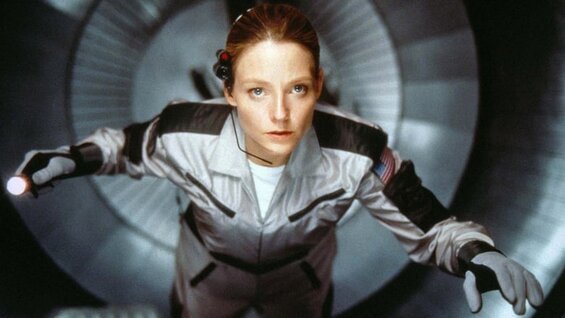
A prodigy consumed by the search for intelligent life in the universe
Ellie is an orphan. Her mother died when giving birth to her, and her father suffered a fatal heart attack when she was still a child. He cultivated her interest in science and math, buying her a telescope at an early age and teaching her about the planets and the constellations. The lessons stick. She whizzes through school and college in record time and obtains a PhD in astronomy. But then she turns down a prestigious faculty position at Harvard in favor of joining the staff of the Arecibo Observatory in Puerto Rico. There, she begins her search for intelligent life beyond the earth, persisting in the face of intense pressure from colleagues, funders, and friends alike who view the work as trivial and damaging to her career.
Arecibo in the 1960s, and for decades afterward, housed the world’s largest single-aperture radio telescope. But it was surpassed in 2016 by a new radio observatory in China. And the telescope collapsed late in 2020. It is being dismantled as I write.
Ellie’s search brings her into conflict with Christian preachers
When the National Science Foundation cuts off funding for her work at Arecibo, Ellie moves to New Mexico to take up the directorship of the SETI program at the Large Array of radio telescopes. Eventually, she detects a message coming from the direction of the star Vega, twenty-six light-years distant. To confirm her findings, she shares the information with radio astronomers all over the world, thus launching a cooperative global effort to decipher the message.
As word of her finding leaks to the public, Ellie comes under criticism by fundamentalist Christians. A notorious Right-Wing TV preacher excoriates her publicly for inviting the Devil to invade the Earth. To him, any sign of intelligent life in the universe can only mean either a sign from God or from the Devil, and he sees no sign of God in Ellie. But a much more thoughtful religious figure, Palmer Joss, engages her in detailed and intensive discussions about the meaning of her work. Their conversations raise questions in both her mind and his, illuminating the conflict between science and religion.
About the novel’s style and structure
Sagan writes well, as we might expect from his lucid popular science presentations. He is, however, a scientist first and a novelist second. He excels at narrative and is less accomplished with dialogue. Paragraphs are typically long and dense, and both in the narrative passages and in the dialogue his intellectual chops come through clearly. Sagan was obviously a curious and well-read man with interests that ranged not just through science but history and religion as well.
Contact unfolds in three roughly equal sections through a total of twenty-four chapters. The story is easy to follow, even if it occasionally bogs down with accounts of such abstruse topics as the history of the island of Hokkaido. Each chapter is headed by one or more epigraphs—a feature I almost always find tedious. Most of the snippets which authors insist on imposing on us as they open a new chapter strike me as obscure and pointless. However, Sagan’s choices were spot on. I found they enhanced my reading experience.
Puzzling differences between the novel and the film
As I read through this novel, I kept searching my mind for recollections of the 1997 film Contact. I’d enjoyed the movie. So, I was puzzled. The images that kept cropping up seemed to bear little if any resemblance to what I was reading. So as soon as I put down the book, I streamed the movie online. Sure enough, the screenwriters had changed the story in substantial ways, and not for the better.
For one thing, Hollywood made substantial changes in some of the principal characters. Ellie Arroway’s backstory is different. And Ellie alone travels to Vega, whereas in the novel she is one of five in a diverse international crew. But the tale is altered in even more significant ways.
Sagan’s novel is grounded on three themes: the Search for Extraterrestrial Intelligence, the ages-old debate between science and religion, and the way the knowledge of life beyond planet Earth brings the nations together in unity. Of course, SETI is there at the center of the film as well as the novel. But the film gave short shrift to the other two themes. It paid lip service to the debate between science and religion, and there is little hint that the vast project to travel to Vega heralded global peace. No one watching the film is likely to walk away with a clear impression of the ideas Sagan strived to get across in the book. Oh, and they changed the ending, too. Leave it to Hollywood.
About the author
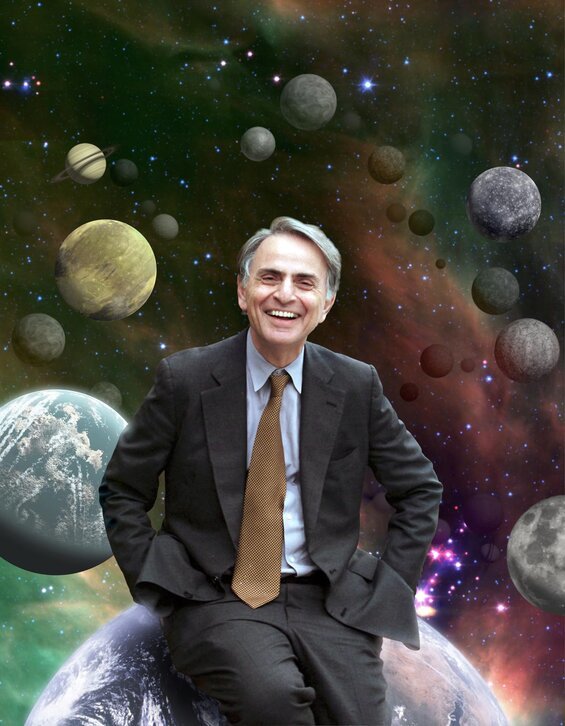
The late Carl Sagan (1934-96) was Professor of Astronomy and Space Sciences at Cornell University for most of his career. He was renowned as one of the country’s best science communicators, who brought to millions a new understanding of the cosmos. In his academic work, he was best known for his contributions to the Search for Extraterrestrial Intelligence. He was the author, co-author or editor of more than twenty books, including The Dragons of Eden, Cosmos, Broca’s Brain and Pale Blue Dot as well as this novel.
For more reading
You might also enjoy The five best First Contact novels.
For more good reading, check out:
- The ultimate guide to the all-time best science fiction novels
- 10 top science fiction novels (plus lots of runners-up)
- Seven new science fiction authors worth reading
- The top 10 dystopian novels reviewed here
And you can always find my most popular reviews, and the most recent ones, plus a guide to this whole site, on the Home Page.

